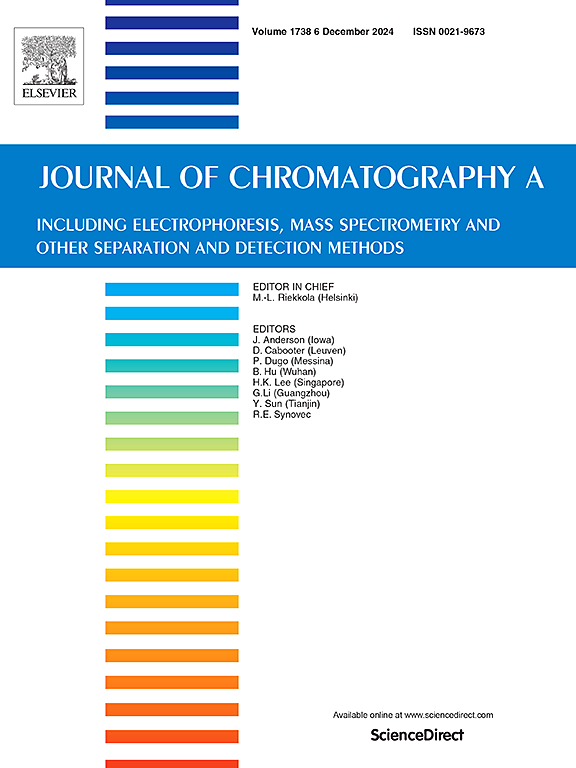Scalable purification of bacteriophages preparations
IF 3.8
2区 化学
Q1 BIOCHEMICAL RESEARCH METHODS
引用次数: 0
Abstract
The use of bacteriophages to treat bacterial infections, known as phage therapy, has regained interest due to the rise of antibiotic-resistant bacteria. To make phage therapy more widely available, scalable purification methods that can adequately remove endotoxins, proteins and host cell DNA must be implemented. This is particularly important when considering intravenous (IV) administration, since the presence of these impurities is highly controlled by regulatory agencies. This work aimed at developing a purification workflow amenable to large-scale manufacturing, centred on the use anion-exchange chromatography (AEC). Lytic phage T4 and Escherichia coli K12 were used as the infection agent and host, respectively. Since endotoxins and phages are negatively charged, the use of an alkaline phosphatase (AP) prior to AEC was investigated to reduce their net negative charge and allow an efficient separation during chromatography. AP was used at 20 or 200 U/mL, and different AEC ligands and stationary phases were tested. H-bond chromatography (without enzymatic treatment) was exploited as well. Final phage titres up to 1.26 × 1011 PFU/mL (plaque forming units) and global recoveries up to 45.1 % were obtained. The highest removal of endotoxins (98.8 %) was obtained after treatment with 20 U/mL of AP, followed by AEC with a quaternary amine packed-bed column. Virtually all proteins and DNA were removed in all workflows. Some of the obtained phage preparations would be suitable for IV administration, regarding endotoxin content. These results demonstrate that an enzymatic treatment in combination with AEC is a promising and scalable alternative to current phage purification techniques.
求助全文
约1分钟内获得全文
求助全文
来源期刊

Journal of Chromatography A
化学-分析化学
CiteScore
7.90
自引率
14.60%
发文量
742
审稿时长
45 days
期刊介绍:
The Journal of Chromatography A provides a forum for the publication of original research and critical reviews on all aspects of fundamental and applied separation science. The scope of the journal includes chromatography and related techniques, electromigration techniques (e.g. electrophoresis, electrochromatography), hyphenated and other multi-dimensional techniques, sample preparation, and detection methods such as mass spectrometry. Contributions consist mainly of research papers dealing with the theory of separation methods, instrumental developments and analytical and preparative applications of general interest.
 求助内容:
求助内容: 应助结果提醒方式:
应助结果提醒方式:


